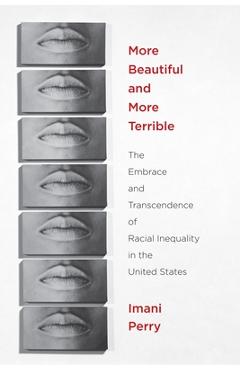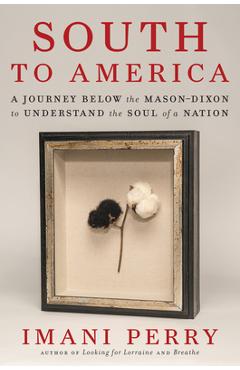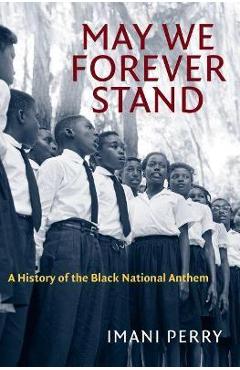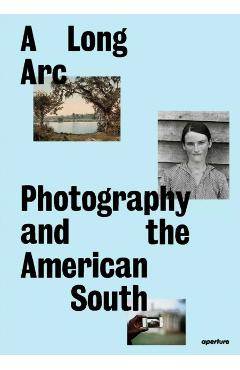More Beautiful and More Terrible: The Embrace and Transcendence of Racial Inequality in the United States - Imani Perry

Detalii More Beautiful and More Terrible:
libris.ro
318.06 Lei
353.4 Lei
Social Science
Imani Perry
More Beautiful and More Terrible: - Disponibil la libris.ro
Pe YEO găsești More Beautiful and More Terrible: de la Imani Perry, în categoria Social Science.
Indiferent de nevoile tale, More Beautiful and More Terrible: The Embrace and Transcendence of Racial Inequality in the United States - Imani Perry din categoria Social Science îți poate aduce un echilibru perfect între calitate și preț, cu avantaje practice și moderne.
Preț: 318.06 Lei
Caracteristicile produsului More Beautiful and More Terrible:
- Brand: Imani Perry
- Categoria: Social Science
- Magazin: libris.ro
- Ultima actualizare: 05-06-2025 16:21:01
Comandă More Beautiful and More Terrible: Online, Simplu și Rapid
Prin intermediul platformei YEO, poți comanda More Beautiful and More Terrible: de la libris.ro rapid și în siguranță. Bucură-te de o experiență de cumpărături online optimizată și descoperă cele mai bune oferte actualizate constant.
Descriere magazin:
For a nation that often optimistically claims to be post-racial, we are still mired in the practices of racial inequality that plays out in law, policy, and in our local communities. One of two explanations is often given for this persistent phenomenon: On the one hand, we might be hypocritical--saying one thing, and doing or believing another; on the other, it might have little to do with us individually but rather be inherent to the structure of American society. More Beautiful and More Terrible compels us to think beyond this insufficient dichotomy in order to see how racial inequality is perpetuated. Imani Perry asserts that the U.S. is in a new and distinct phase of racism that is post-intentional neither based on the intentional discrimination of the past, nor drawing upon biological concepts of race. Drawing upon the insights and tools of critical race theory, social policy, law, sociology and cultural studies, she demonstrates how post-intentional racism works and maintains that it cannot be addressed solely through the kinds of structural solutions of the Left or the values arguments of the Right. Rather, the author identifies a place in the middle--a space of righteous hope--and articulates a notion of ethics and human agency that will allow us to expand and amplify that hope. To paraphrase James Baldwin, when talking about race, it is both more terrible than most think, but also more beautiful than most can imagine, with limitless and open-ended possibility. Perry leads readers down the path of imagining the possible and points to the way forward. For a nation that often optimistically claims to be post-racial, we are still mired in the practices of racial inequality that plays out in law, policy, and in our local communities. One of two explanations is often given for this persistent phenomenon: On the one hand, we might be hypocritical--saying one thing, and doing or believing another; on the other, it might have little to do with us individually but rather be inherent to the structure of American society.More Beautiful and More Terrible compels us to think beyond this insufficient dichotomy in order to see how racial inequality is perpetuated. Imani Perry asserts that the U.S. is in a new and distinct phase of racism that is post-intentional neither based on the intentional discrimination of the past, nor drawing upon biological concepts of race. Drawing upon the insights and tools of critical race theory, social policy, la

Produse asemănătoare

Stylish Scroll Saw Projects. Learn to Make Beautiful and Practical Clocks, Boxes, Ornaments & More, Paperback/Dan Wilckens
![]() elefant.ro
elefant.ro
Actualizat in 02/07/2025
180.99 Lei

Beautiful Portrait Painting in Oils: Keys to Mastering Diverse Skin Tones and More, Paperback/Chris Saper
![]() elefant.ro
elefant.ro
Actualizat in 02/07/2025
147.99 Lei

Crocheted Home. 35 Beautiful Designs for Throws, Cushions, Blankets and More, Paperback/Kate Eastwood
![]() elefant.ro
elefant.ro
Actualizat in 02/07/2025
78.99 Lei

World More Beautiful. The Life and Art of Barbara Cooney, Hardback/Becca Stadtlander
![]() elefant.ro
elefant.ro
Actualizat in 02/07/2025
117.99 Lei
Produse marca Imani Perry

Black in Blues: How a Color Tells the Story of My People - Imani Perry
![]() libris.ro
libris.ro
Actualizat in 05/06/2025
192.2 Lei

South to America: A Journey Below the Mason-Dixon to Understand the Soul of a Nation - Imani Perry
![]() libris.ro
libris.ro
Actualizat in 05/06/2025
111.55 Lei

South to America: A Journey Below the Mason-Dixon to Understand the Soul of a Nation - Imani Perry
![]() libris.ro
libris.ro
Actualizat in 05/06/2025
218.73 Lei

May We Forever Stand: A History of the Black National Anthem - Imani Perry
![]() libris.ro
libris.ro
Actualizat in 05/06/2025
111.6 Lei

A Long Arc: Photography and the American South: Since 1845 - Imani Perry
![]() libris.ro
libris.ro
Actualizat in 05/06/2025
418.5 Lei

More Beautiful and More Terrible: The Embrace and Transcendence of Racial Inequality in the United States - Imani Perry
![]() libris.ro
libris.ro
Actualizat in 05/06/2025
318.06 Lei

